Home>Maintenance & Safety>Child & Elderly Safety at Home>How Tall For A Backless Booster Seat
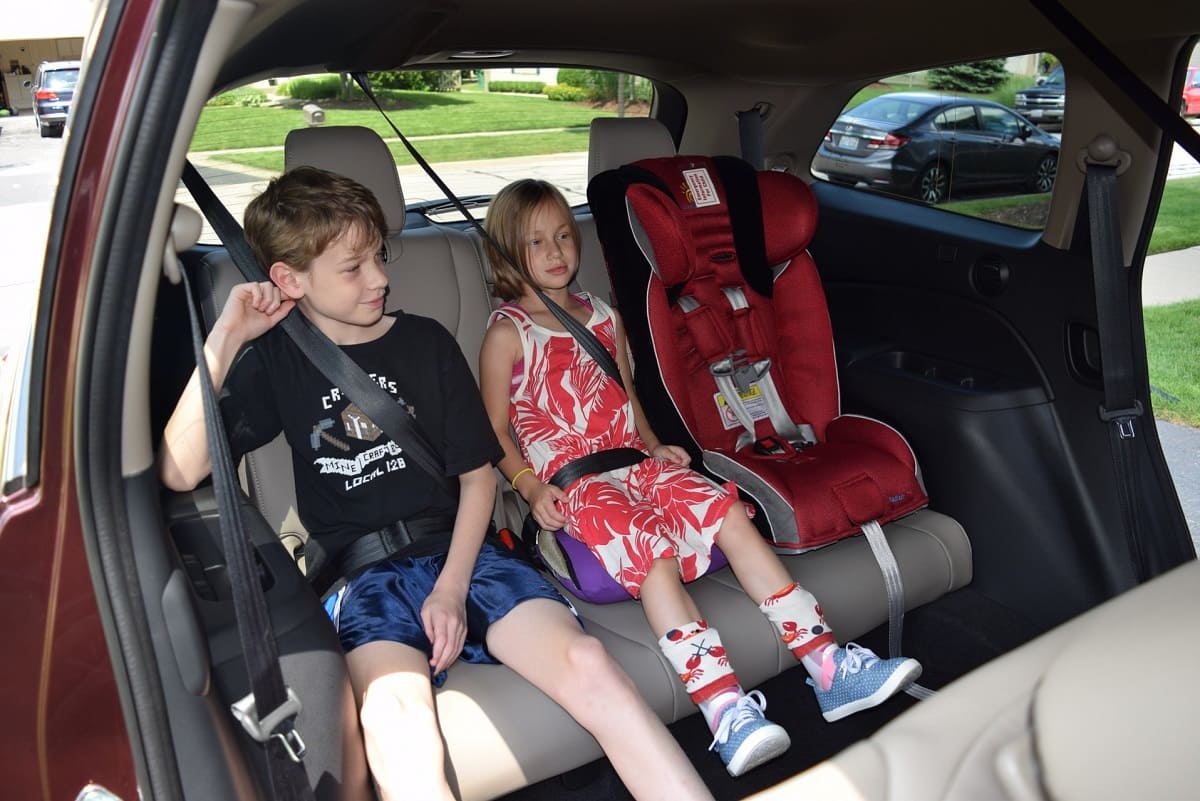

Child & Elderly Safety at Home
How Tall For A Backless Booster Seat
Modified: March 2, 2024
Ensure child and elderly safety at home with the right height for a backless booster seat. Find out how tall your child needs to be for optimal safety.
(Many of the links in this article redirect to a specific reviewed product. Your purchase of these products through affiliate links helps to generate commission for Storables.com, at no extra cost. Learn more)
Introduction
When it comes to ensuring the safety of our little ones, every parent wants to make the best choices. One crucial aspect of child safety in vehicles is the proper use of booster seats. While many parents are aware of the weight and age requirements for booster seats, the importance of height in backless booster seats is often overlooked. Understanding the significance of height in backless booster seats is essential for safeguarding children during car rides.
In this comprehensive guide, we will delve into the significance of height in backless booster seats, the recommended height for using these seats, safety considerations, and tips for choosing the right backless booster seat for your child. By the end of this article, you will have a thorough understanding of how height factors into the use of backless booster seats and the crucial role it plays in ensuring the safety of your child during car journeys. So, let's embark on this insightful journey to empower you with the knowledge needed to make informed decisions regarding backless booster seats for your child's safety.
Key Takeaways:
- Proper height is crucial for backless booster seat safety. Children should transition to a backless booster seat when they reach 40-57 inches to ensure the seat belt fits them properly, keeping them safe during car rides.
- When choosing a backless booster seat, consider weight and height compatibility, vehicle fit, safety features, ease of use, comfort, and reviews. Prioritizing safety and comfort ensures a secure and enjoyable travel experience for the whole family.
Read more: How To Secure A Backless Booster Seat
The Importance of Height in Backless Booster Seats
The height of a child is a critical factor to consider when using backless booster seats. While weight and age are commonly acknowledged as important criteria for transitioning a child to a booster seat, height is equally significant. A backless booster seat is designed to elevate a child, ensuring that the vehicle's seat belt fits them properly. When a child reaches a certain height, their body proportions change, impacting the effectiveness of the seat belt. Without the appropriate height, the seat belt may not sit across the strongest parts of the child's body, such as the collarbone and hips, leaving them vulnerable to injury in the event of a collision.
As children grow, their height determines when they are ready to transition from a harnessed car seat to a backless booster seat. The transition should occur only when the child reaches the recommended height for using a backless booster seat. This ensures that the seat belt fits them correctly, providing optimal protection in the event of sudden stops or accidents. Failing to consider height when transitioning to a backless booster seat can compromise the child's safety and increase the risk of injury.
Moreover, the height of a child directly impacts the positioning of the vehicle's seat belt. Without the elevation provided by a backless booster seat, the seat belt may rest improperly on the child's body, potentially causing discomfort and increasing the risk of injury in the event of a crash. Therefore, understanding the importance of height in backless booster seats is crucial for ensuring that children are adequately protected while traveling in vehicles.
In essence, the height of a child is a pivotal factor in determining when to transition to a backless booster seat. By recognizing the significance of height in relation to the proper fit of the seat belt, parents and caregivers can prioritize the safety of their children during car journeys. This understanding underscores the importance of considering height alongside weight and age when making decisions about transitioning to a backless booster seat, ultimately contributing to the overall safety and well-being of children on the road.
Recommended Height for Backless Booster Seats
The recommended height for transitioning a child to a backless booster seat is a crucial aspect of ensuring their safety during car rides. Generally, the recommended height for using a backless booster seat ranges from 40 to 57 inches. This range is based on extensive research and safety standards established by regulatory bodies and child passenger safety experts.
Children typically outgrow their forward-facing harnessed car seats when they reach the maximum height or weight limit specified by the seat's manufacturer. At this stage, it's essential to transition them to a backless booster seat if they do not meet the height requirement to use the vehicle's seat belt without assistance. The recommended height for backless booster seats is carefully determined to ensure that the seat belt fits the child properly, providing adequate protection in the event of a collision.
The lower limit of the recommended height range for backless booster seats, around 40 inches, signifies that a child has reached a height where the vehicle's seat belt may not fit them optimally without the assistance of a booster seat. As children grow, their body proportions change, and the recommended height range for backless booster seats accounts for these variations. By using a backless booster seat within the recommended height range, parents and caregivers can ensure that the vehicle's seat belt sits across the strongest parts of the child's body, such as the collarbone and hips, reducing the risk of injury in the event of sudden stops or accidents.
On the upper end of the recommended height range, approximately 57 inches, children may no longer require a backless booster seat once they reach this height. At this stage, they may have attained the necessary height for the vehicle's seat belt to fit them properly without the assistance of a booster seat. However, it's important to note that the specific height at which a child can transition from a backless booster seat to using the vehicle's seat belt alone may vary based on individual body proportions and the design of the vehicle's seat belt system.
Understanding the recommended height for backless booster seats is essential for parents and caregivers to make informed decisions regarding the safety of their children during car journeys. By adhering to the recommended height range, they can ensure that children are adequately protected and positioned for optimal safety while traveling in vehicles. This knowledge empowers parents and caregivers to prioritize the well-being of their children and make responsible choices when it comes to using backless booster seats.
In summary, the recommended height for backless booster seats serves as a crucial guideline for determining when a child should transition to using a vehicle's seat belt without the assistance of a booster seat. By following the recommended height range, parents and caregivers can prioritize the safety and comfort of their children, ultimately contributing to a secure and enjoyable travel experience for the entire family.
Safety Considerations for Backless Booster Seats
Ensuring the safety of children during car rides is a top priority for parents and caregivers, and backless booster seats play a crucial role in providing the necessary protection. However, it's essential to consider various safety considerations when using backless booster seats to maximize their effectiveness in safeguarding children. Here are important safety considerations to keep in mind:
Proper Seat Belt Fit
One of the primary safety considerations for backless booster seats is ensuring that the vehicle's seat belt fits the child properly. When a child sits in a backless booster seat, the seat belt should rest comfortably across their chest, shoulder, and hips. It's important to avoid any slack or twisting of the seat belt, as these issues can compromise the seat belt's ability to restrain the child in the event of a collision. By maintaining a snug and correctly positioned seat belt, parents and caregivers can enhance the safety of children using backless booster seats.
Read more: How To Install A Backless Booster Seat
Vehicle Compatibility
Another crucial safety consideration is the compatibility of backless booster seats with different vehicle models. Not all vehicle seats are designed to accommodate backless booster seats effectively. It's important to ensure that the booster seat fits securely on the vehicle's seat and does not wobble or shift during travel. Additionally, parents and caregivers should follow the manufacturer's guidelines for installing the backless booster seat in the vehicle to minimize the risk of movement or instability, thereby enhancing the overall safety of the child.
Child's Maturity and Behavior
The behavior and maturity of the child using a backless booster seat also contribute to safety considerations. Children should be educated about the importance of sitting properly and remaining still while the vehicle is in motion. Fidgeting or leaning out of position can compromise the effectiveness of the seat belt and increase the risk of injury during sudden stops or accidents. By promoting good sitting behavior and emphasizing the importance of staying properly positioned in the booster seat, parents and caregivers can further enhance the safety of their children during car journeys.
Side-Impact Protection
While backless booster seats primarily focus on elevating the child to ensure proper seat belt fit, it's important to consider side-impact protection. Some backless booster seats are designed with features that provide additional cushioning and support for the child's head and torso, offering a degree of protection in the event of a side-impact collision. When selecting a backless booster seat, parents and caregivers may opt for models that incorporate side-impact protection features to enhance the overall safety of the child during car rides.
Regular Safety Checks
Consistent safety checks are essential to ensure that backless booster seats continue to provide optimal protection for children. Parents and caregivers should regularly inspect the condition of the booster seat, including the integrity of the seat belt guides, padding, and overall structural stability. Additionally, ensuring that the vehicle's seat belt functions correctly and remains free from twists or tangles is crucial for maintaining the safety of the child while using the backless booster seat.
By considering these safety aspects and implementing appropriate measures, parents and caregivers can maximize the safety benefits of backless booster seats, providing children with a secure and comfortable travel experience. Prioritizing these safety considerations underscores the commitment to safeguarding children during car journeys, ultimately contributing to a safer and more enjoyable travel environment for the entire family.
Choosing the Right Backless Booster Seat for Your Child
Selecting the right backless booster seat for your child is a crucial decision that directly impacts their safety and comfort during car rides. With a myriad of options available in the market, it's essential to consider several factors to ensure that the chosen booster seat meets the specific needs of your child and aligns with stringent safety standards.
Weight and Height Compatibility
When choosing a backless booster seat, it's imperative to consider the weight and height compatibility to ensure that it is suitable for your child's current physical attributes. The seat should accommodate your child's weight and height within the specified ranges provided by the manufacturer. This ensures that the seat belt fits the child properly and that they receive the necessary elevation for optimal safety.
Read more: How To Install A Backless Booster Seat
Vehicle Compatibility
Consider the design of your vehicle's seats and seat belt system when selecting a backless booster seat. Not all booster seats are compatible with every vehicle model. It's essential to choose a booster seat that fits securely on the vehicle's seat and aligns with the seat belt configuration to ensure stability and effectiveness during travel.
Safety Features
Prioritize backless booster seats that incorporate essential safety features, such as seat belt guides, energy-absorbing foam, and reinforced structural integrity. Additionally, some booster seats offer side-impact protection, providing an extra layer of safety in the event of a collision. By opting for seats with robust safety features, you can enhance the overall protection provided to your child while traveling in a vehicle.
Read more: How Tall To Get Out Of A Booster Seat
Ease of Use and Installation
Opt for a backless booster seat that is user-friendly and straightforward to install. Look for seats with clear and concise installation instructions, ensuring that you can securely position the booster seat in your vehicle without complications. Additionally, consider the ease of buckling and unbuckling the seat belt while the booster seat is in use, as this contributes to the overall convenience and functionality of the seat.
Comfort and Support
The comfort and support provided by the booster seat are essential for ensuring a pleasant travel experience for your child. Look for seats with adequate padding and ergonomic design to promote comfort during extended car journeys. Additionally, consider the seat's overall ergonomics to ensure that it provides proper support to your child's body, allowing them to sit comfortably and securely throughout the ride.
Reviews and Recommendations
Before making a final decision, take the time to research and read reviews from other parents and caregivers who have experience with the backless booster seats you are considering. Their insights and recommendations can provide valuable guidance in selecting a seat that aligns with your expectations and requirements, offering real-world perspectives on the seat's performance and safety features.
By carefully considering these factors and conducting thorough research, you can make an informed decision when choosing the right backless booster seat for your child. Prioritizing safety, comfort, and compatibility ensures that your child receives the necessary protection and support while traveling in a vehicle, ultimately contributing to a secure and enjoyable experience for the entire family.
Conclusion
In conclusion, the significance of height in backless booster seats cannot be overstated when it comes to ensuring the safety and well-being of children during car journeys. By understanding the importance of height in relation to the proper fit of the seat belt, parents and caregivers are empowered to make informed decisions regarding the transition to backless booster seats, ultimately contributing to the overall safety of their children.
The recommended height for using backless booster seats, typically ranging from 40 to 57 inches, serves as a crucial guideline for determining when a child is ready to transition from a harnessed car seat to a booster seat. This recommended range is carefully established to ensure that the seat belt fits the child properly, providing optimal protection in the event of sudden stops or accidents. By adhering to this height range, parents and caregivers can prioritize the safety of their children and make responsible choices when it comes to using backless booster seats.
Furthermore, safety considerations play a pivotal role in maximizing the effectiveness of backless booster seats. From ensuring proper seat belt fit and vehicle compatibility to considering the child's maturity and behavior, these safety aspects underscore the commitment to safeguarding children during car journeys. By prioritizing these safety considerations, parents and caregivers can create a secure and comfortable travel environment for their children.
When choosing the right backless booster seat for a child, factors such as weight and height compatibility, vehicle compatibility, safety features, ease of use and installation, comfort, and support should be carefully considered. By prioritizing safety, comfort, and compatibility, parents and caregivers can ensure that their child receives the necessary protection and support while traveling in a vehicle, ultimately contributing to a secure and enjoyable experience for the entire family.
In essence, the proper consideration of height in backless booster seats, adherence to recommended height guidelines, and prioritization of safety and comfort when selecting a booster seat are essential elements in safeguarding children during car rides. By integrating these insights into their decision-making process, parents and caregivers can create a safe and secure travel environment, allowing children to enjoy the journey with confidence and peace of mind.
Frequently Asked Questions about How Tall For A Backless Booster Seat
Was this page helpful?
At Storables.com, we guarantee accurate and reliable information. Our content, validated by Expert Board Contributors, is crafted following stringent Editorial Policies. We're committed to providing you with well-researched, expert-backed insights for all your informational needs.
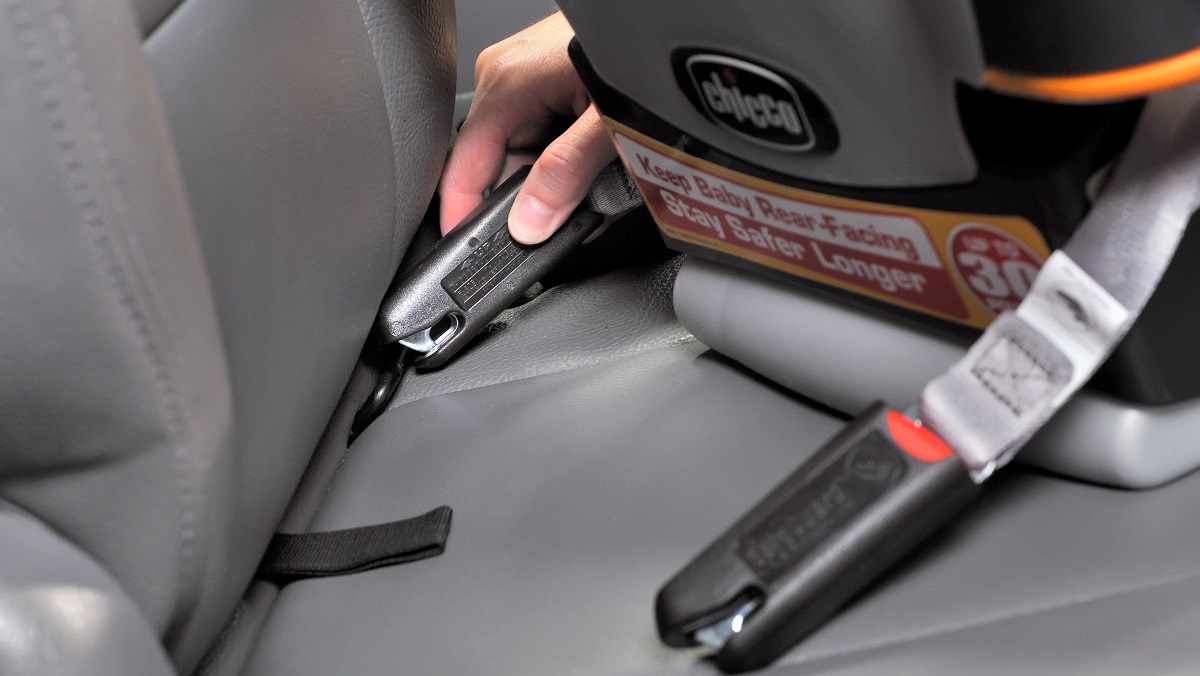
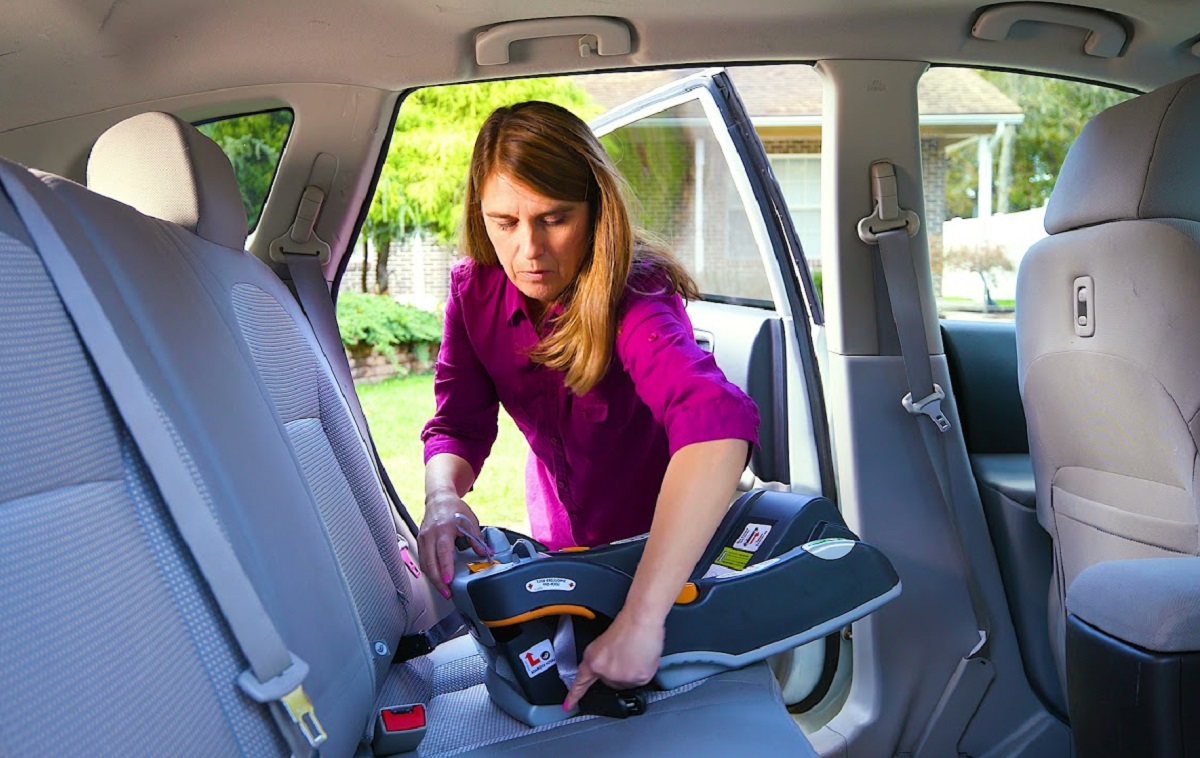
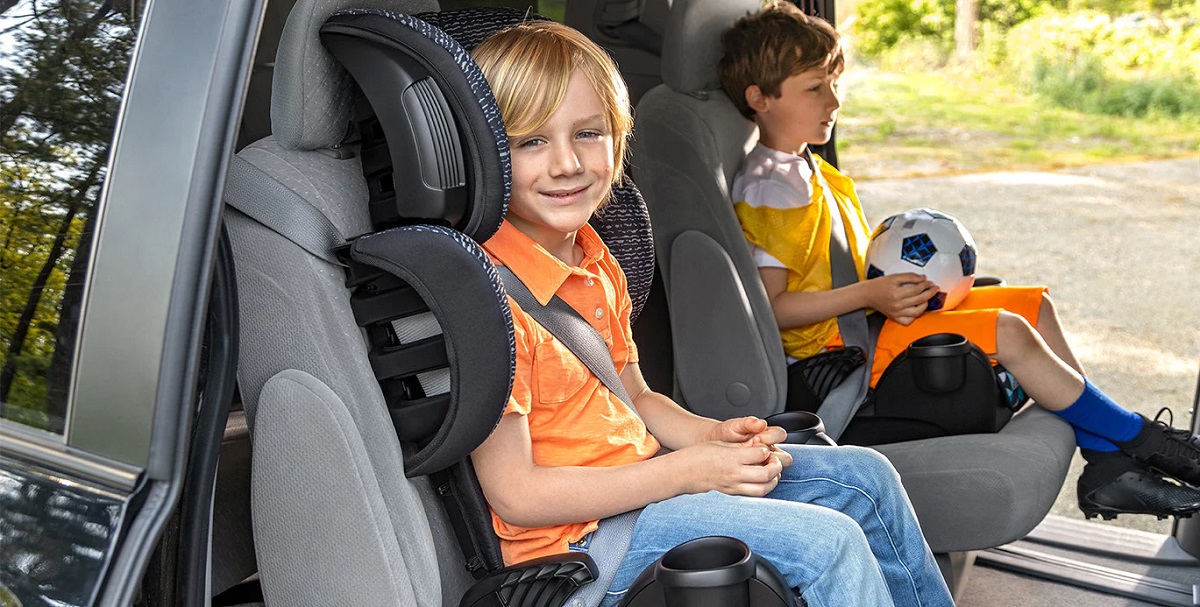
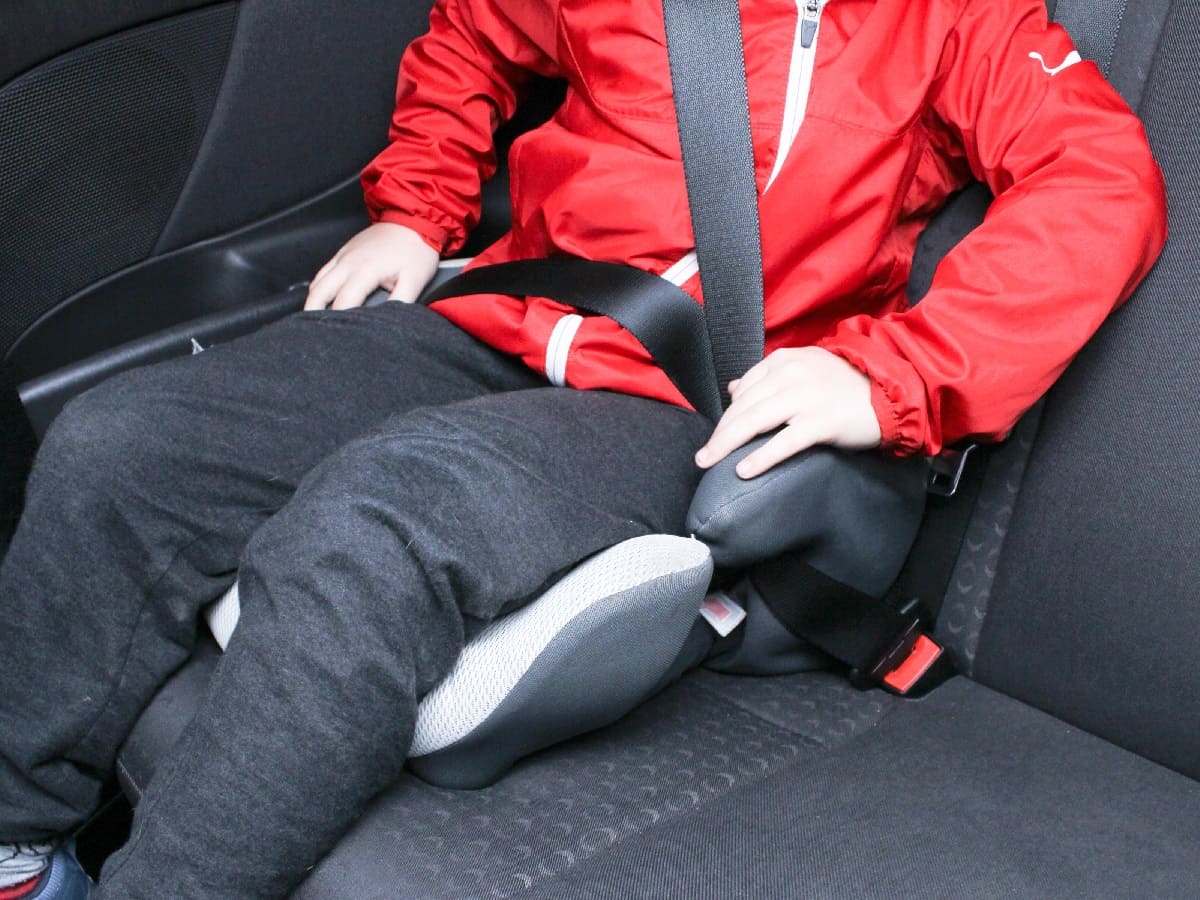
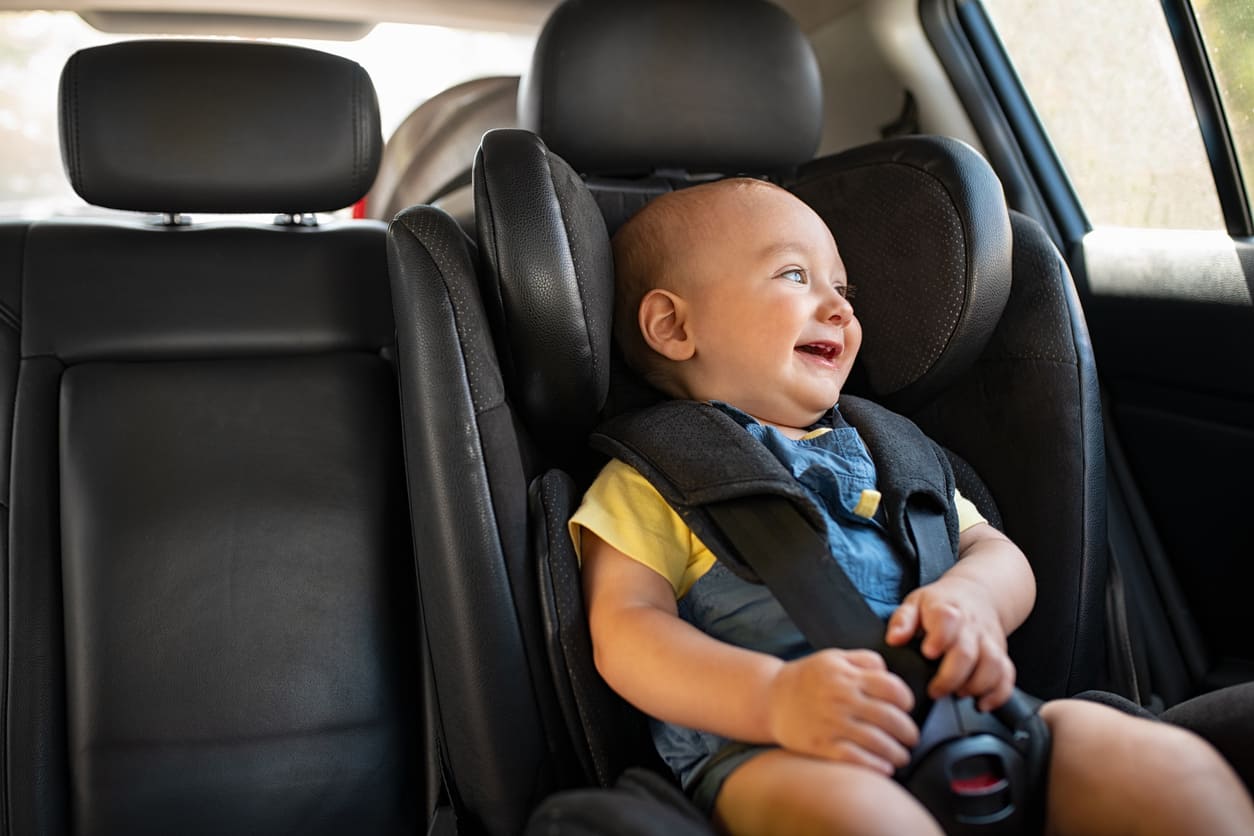
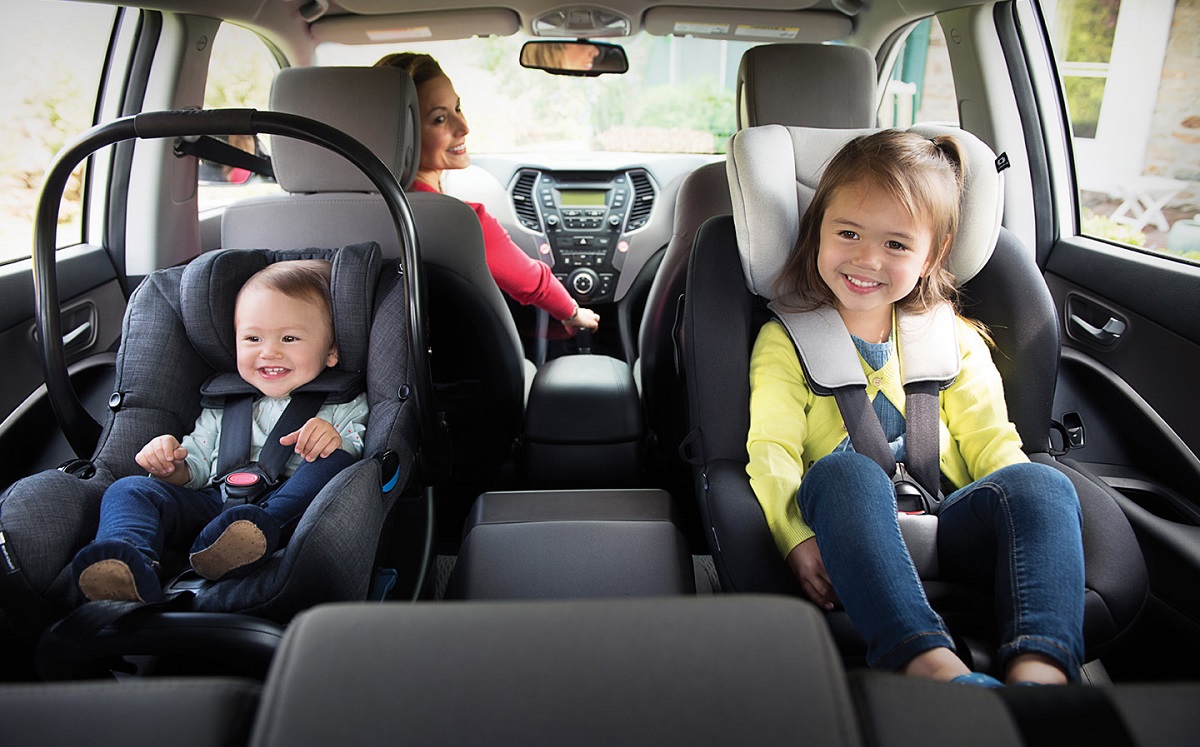
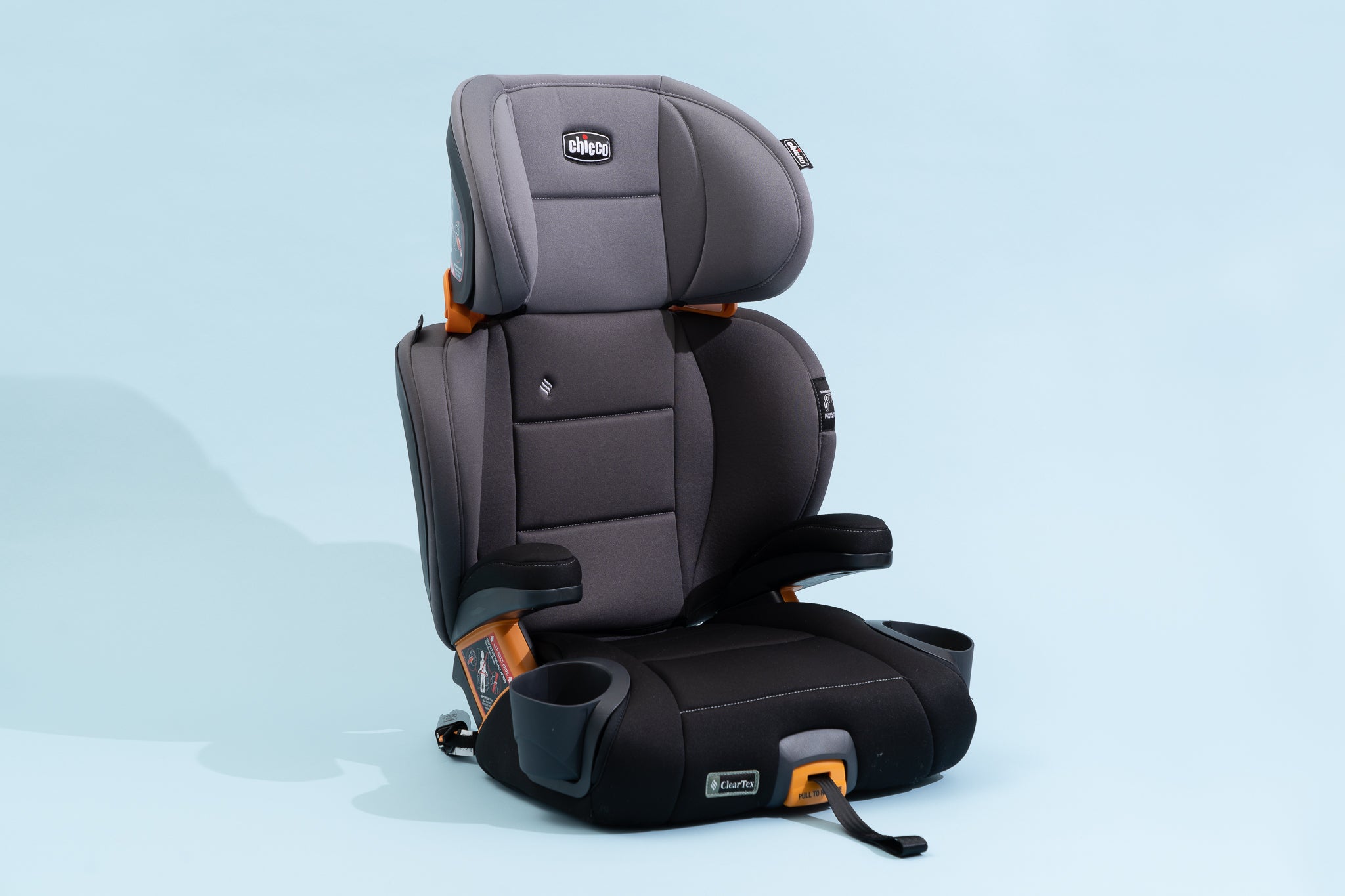
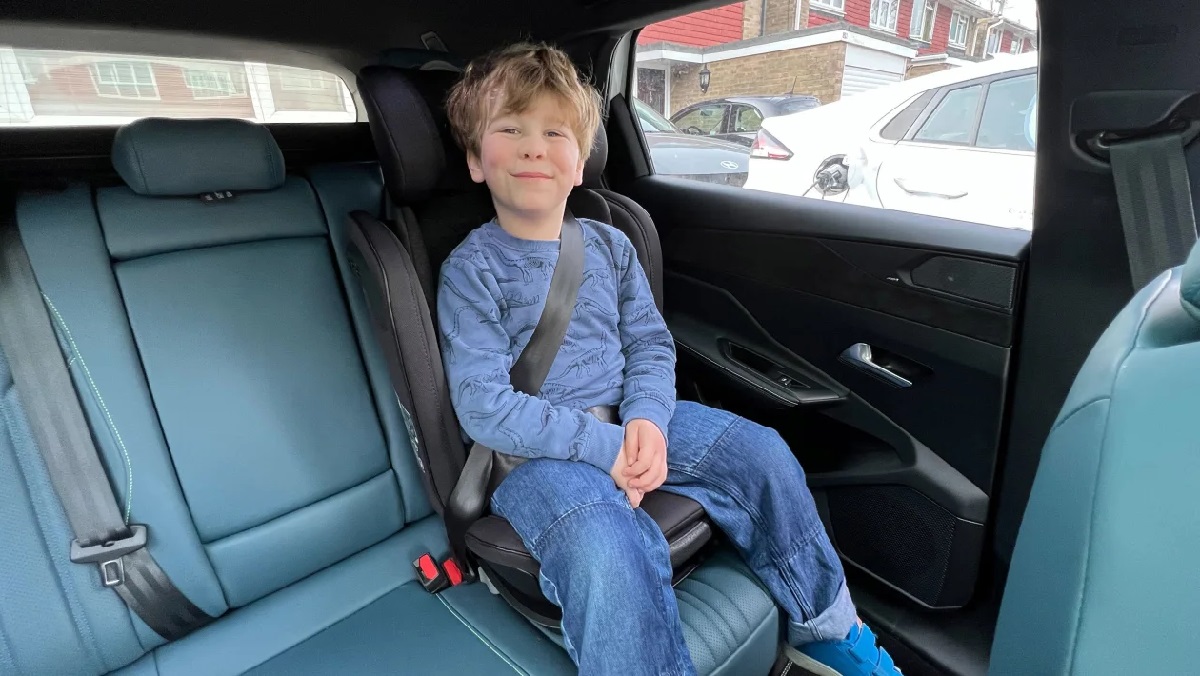
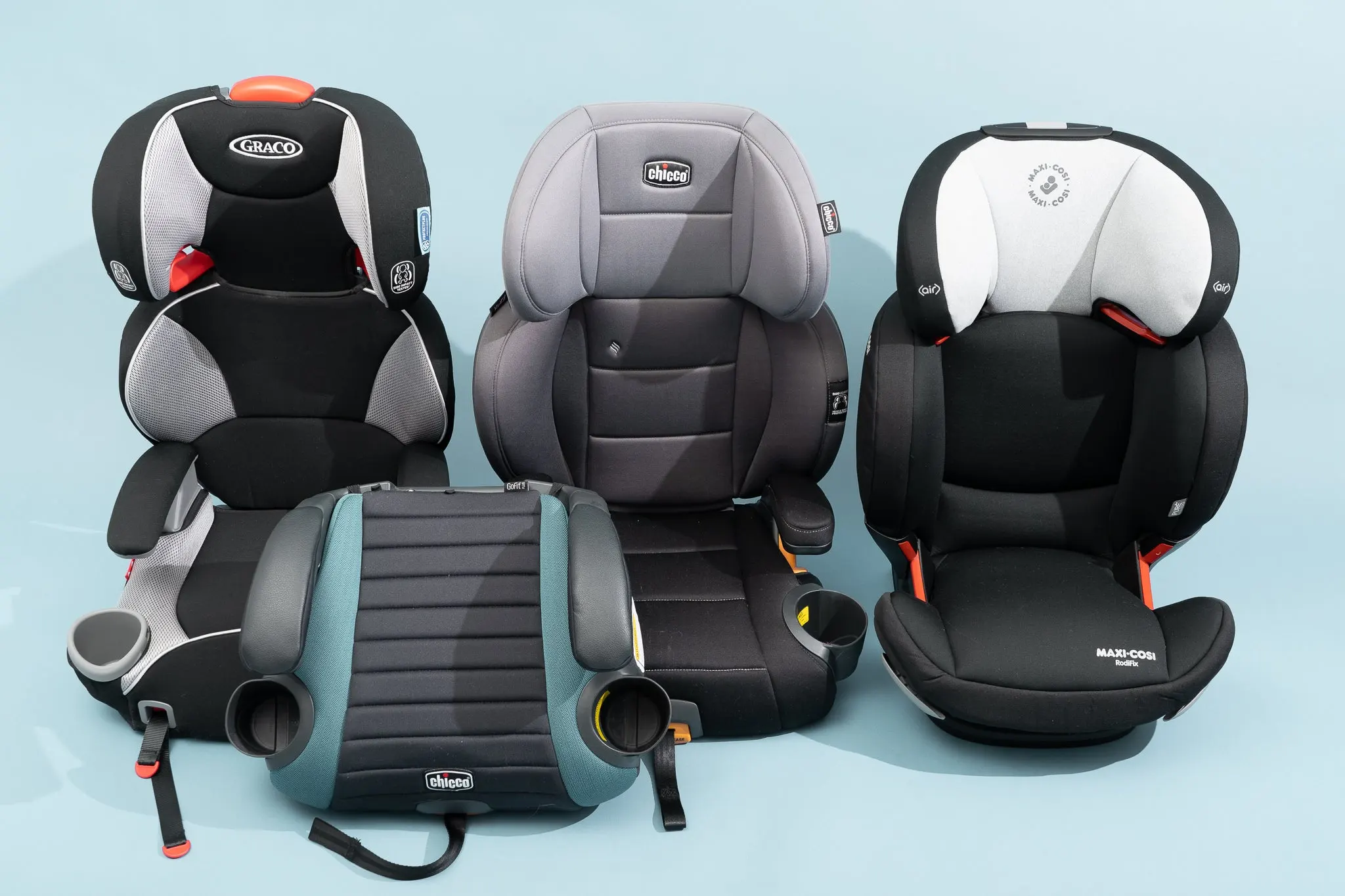
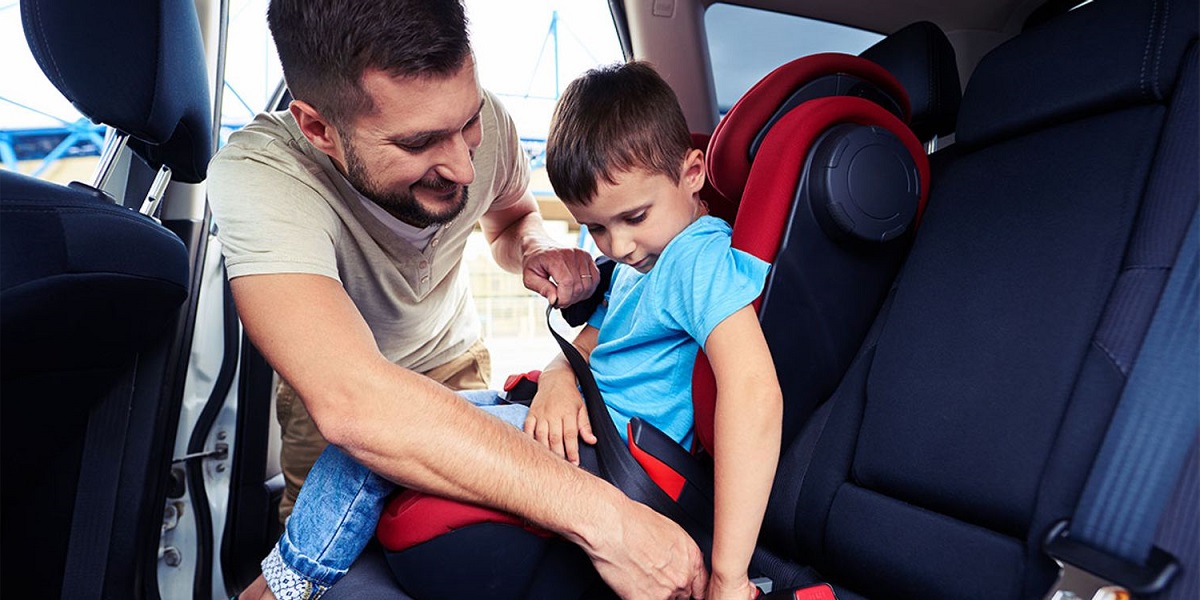
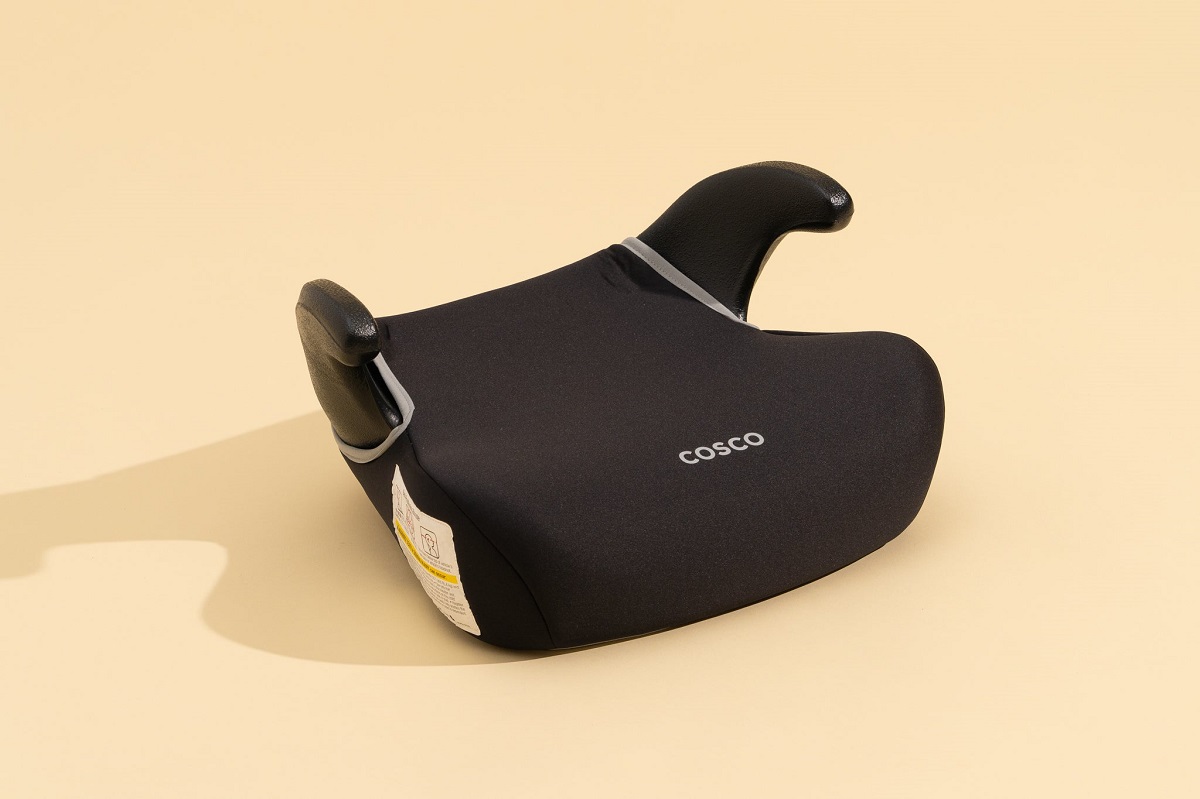
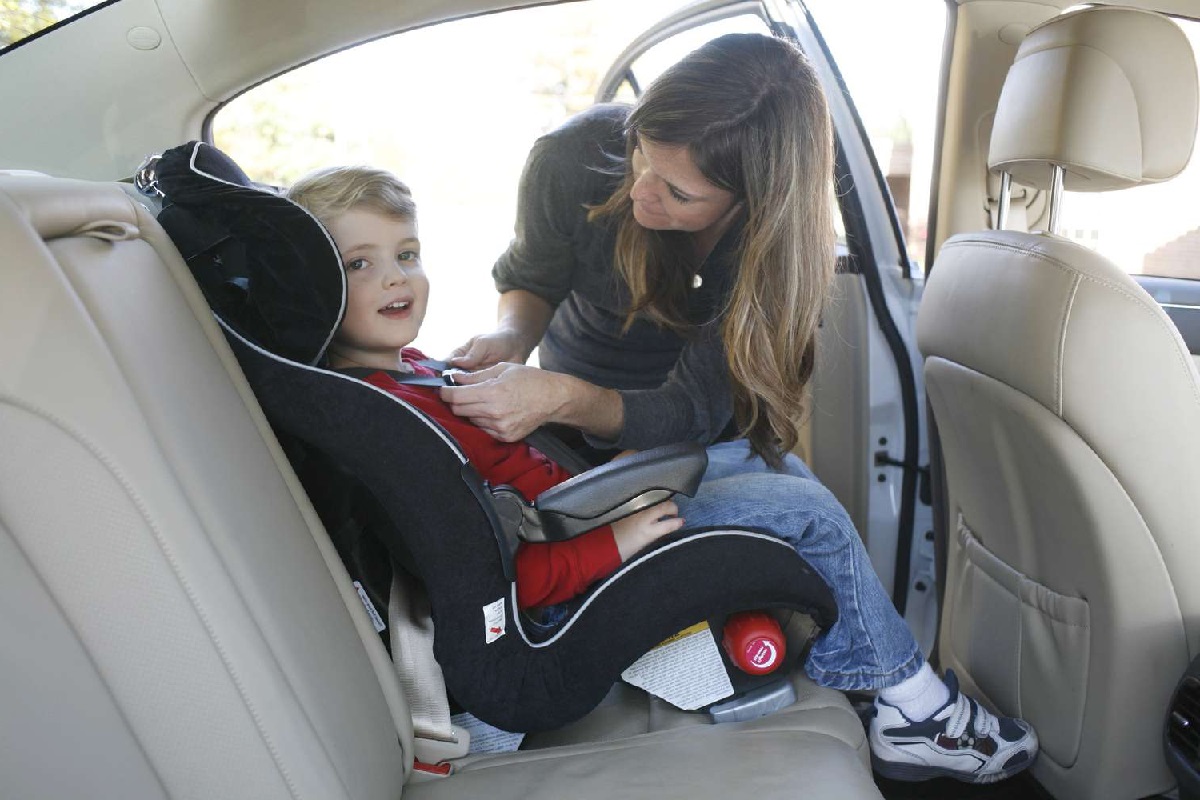

0 thoughts on “How Tall For A Backless Booster Seat”